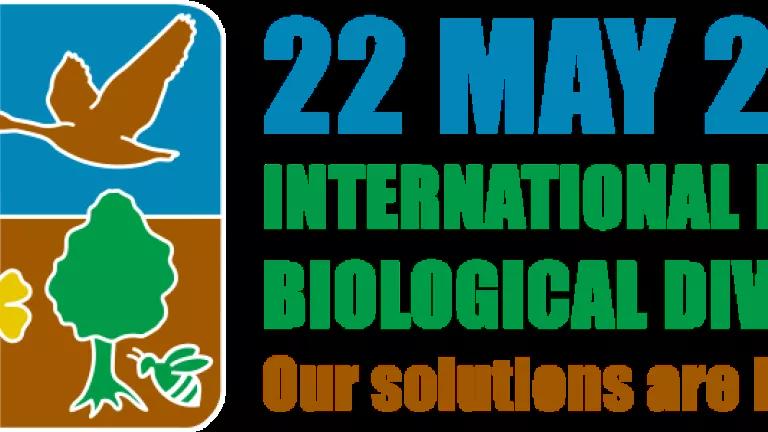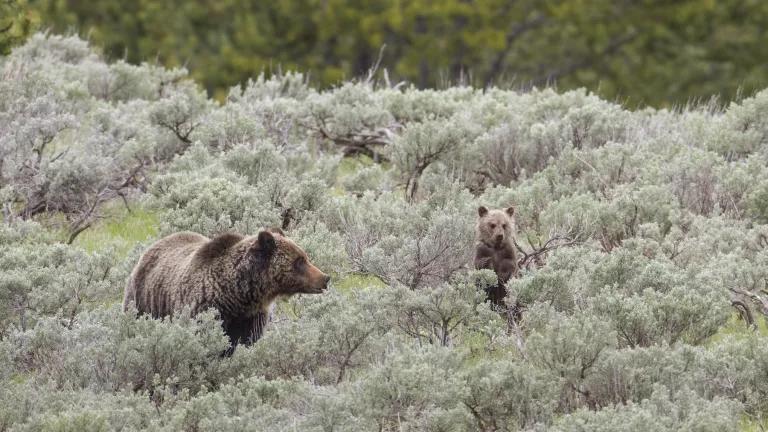This World Biodiversity Day, Commit to a Return to Nature

A Return to Nature
For more than 25 years, the United Nations has recognized an International Day for Biological Diversity—World Biodiversity Day—which falls on May 22. This year’s theme, “Our solutions are in nature,” is perfect. It should be the theme for the decade. From the climate crisis, to the biodiversity crisis, to curbing the number of future pandemics, we must transform our relationship with nature to have any hope of maintaining life on the planet as we recognize it today. The transformative change called for by the science—a fundamental, system-wide reorganization across technological, economic, and social factors—may seem like a tall order, but at its heart it’s a call for a return to nature.
Not too long ago, vast swaths of the planet were barely impacted by human activity. And the natural world chugged along providing the clean air, clean water, food security, and disease regulation we depend on. Yes, even then humans exploited wild animals to the edge of extinction (glad you’re hanging on American bison) and gleefully pushed some species over the edge (sorry passenger pigeon), but never before the recent decades have so many wild animals and plants been taken from the wild and shipped around the world, contributing to an extinction rate that is tens to hundreds of times higher compared to the average over the last 10 million years. And now, here we are, with one million species threatened with extinction, many within decades.
I’m not one of those people longing for “the good old days” that weren’t actually good for most people, but it’s increasingly clear that we need to return to nature and come to some reckoning with it if we want to survive. According to Dr. Watson, former Chair of the International Science-Policy Platform on Biodiversity and Ecosystem Services, “the best available evidence, gathered by the world’s leading experts, points us now to a single conclusion: we must act to halt and reverse the unsustainable use of nature – or risk not only the future we want, but even the lives we currently lead.” We simply can’t continue to produce food like we have been for the past 40 years. We can’t cut down trees, mine for gold, and dam rivers like we have been. And we can’t continue to take animals and plants out of the wild and trade them around the world.
We must embark on a new journey with nature and come to terms with the fact that our natural world is not an endless source of resources. To return to nature, to start down a path that guarantees healthy, vibrant ecosystems, filled with abundant biodiversity for future generations we must take bold action to protect vast swaths of the planet and end wildlife trade.
We can start today by demanding protections for at least 30 percent of the world’s prairies, tundra, forests, coasts, rivers, wetlands, mountains, and deserts—our lands and waters—and 30 percent of the ocean by 2030. To do that we can support efforts like those in California, which seek to make such protections a state goal. And we can support a similar effort at the national level by pushing for the resolutions introduced by Senators Udall and Bennet in the Senate and Representative Haaland in the House. And we must put a moratorium on all wildlife trade. Our globe is not a buffet. You can ask the Trump Administration to start down this path now, by joining NRDC’s call to end wildlife trade.
As the Convention on Biological Diversity said for 2020’s World Biodiversity Day, “One thing is certain: despite all our technological advances we are completely dependent on healthy and vibrant ecosystems for our health, water, food, medicines, clothes, fuel, shelter and energy, just to name a few. The slogan “Our solutions are in nature” emphasizes hope, solidarity and the importance of working together at all levels to build a future of life in harmony with nature.” Let’s get started. Happy World Biodiversity Day.



